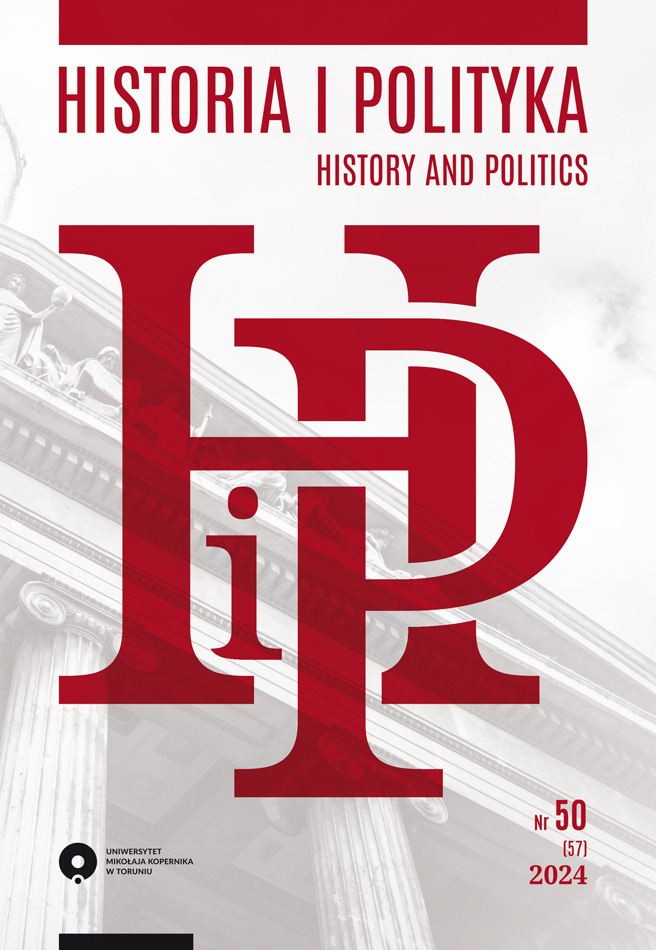Elephant in the Room: How to Assess the Vote Weighting
System in the Council of the EU
Elephant in the Room: How to Assess the Vote Weighting
System in the Council of the EU
Author(s): Marcin KleinowskiSubject(s): Governance, Government/Political systems, EU-Approach / EU-Accession / EU-Development
Published by: Wydawnictwo Naukowe Uniwersytetu Mikołaja Kopernika
Keywords: voting power; Council of the European Union; EU institutional reform; QMV; weighted voting; power indices; blocking coalition;
Summary/Abstract: The article emphasises the complementarity of research based on voting power theory withthe analysis of the structure of blocking. Combining both methods enables a more comprehensive assessment of the vote weighting system in the Council of the EU, in particular the impact of changes in the voting system on the position of individual Member States and the power balance in this institution. I make two contributions to the existing literature. Firstly, the study developsa non-random voting model, dedicated to QMV in the Council, which abandons the assumption that each coalition of players is equally likely and takes into account the role of the European Commission as an agenda-setter. This not only allows us to exclude many coalitions that are only theoretically possible, but also to analyse the bloc- king structure from the perspective of different states or coalitions in the Council. Secondly, itshows that the application of blocking structure analysis provides novel insights into the Council’s voting system. Unlike the a priori voting power approach, such analysis does not focus on distribu- tion of winning power in the Council, but on the Member States’ ability to build minimal blocking coalitions. Hence, it complements the application of mathematical indices of voting power in the assessment of the voting system in this institution.
Journal: Historia i Polityka
- Issue Year: 57/2024
- Issue No: 50
- Page Range: 9-55
- Page Count: 47
- Language: English

